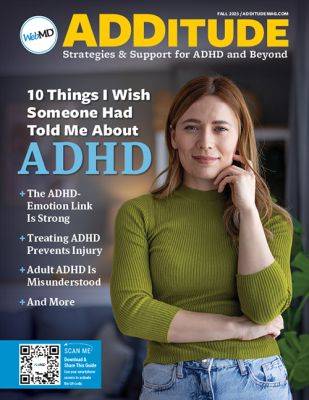Double Jointed with ADHD? It’s Not a Coincidence.
On the school playground, did you delight and amaze friends by bending your fingers backward, putting your legs behind your head, or doing splits?
These physical abilities are generally rare — but not among people with ADHD, 80% of whom are hypermobile. While research is still emerging, studies show a link between hypermobility and neurodevelopmental disorders, including ADHD.Hypermobility is generally benign, however 1 in 10 people with joint hypermobility experience it as part of a larger medical condition, a hypermobility spectrum disorder (HSD).
There are more than a dozen kinds of HSDs, including hypermobile Ehlers Danlos Syndrome (hEDS). Each is correlated with a broad range of symptoms, including joint pain, gastrointestinal issues, fatigue, anxiety, headaches, allergic symptoms, and dizziness.
This wide variety of presentations makes managing an HSD complex and multi-layered. Recent research suggests that treatment for HSD symptoms may also benefit ADHD symptoms in people who have both conditions.Here, individuals with ADHD and hypermobility disorders explain how they navigated the winding, often exhausting, road of diagnosis, treatment, and day-to-day life with two conditions with far-reaching implications.“I have joint hypermobility and mild inflammatory markers, and it took years before someone acknowledged the connection between my physical symptoms and ADHD.
Read more on additudemag.com











































